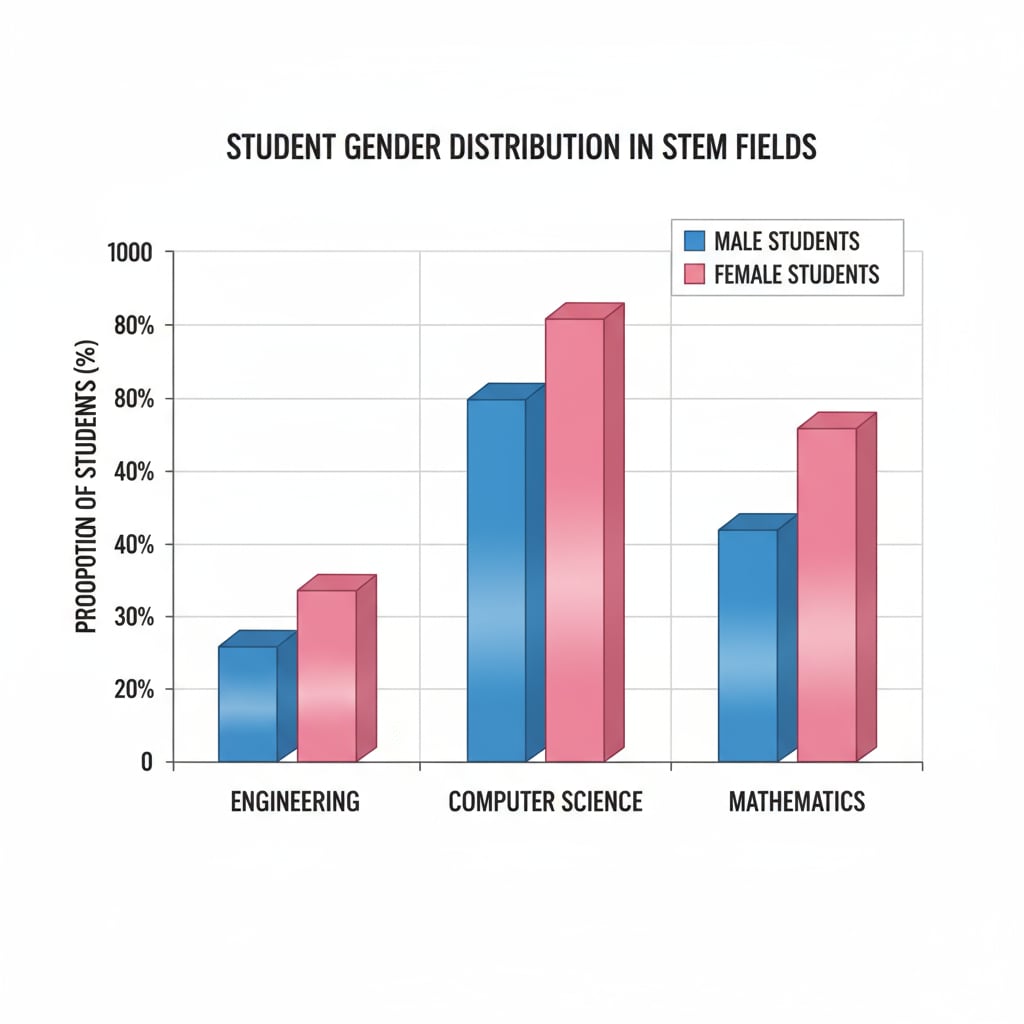In the realm of STEM education, gender differences and teaching practices play crucial roles in girls’ learning experiences. Despite significant progress in recent years, girls still face unique challenges in fields such as mathematics and science. This article aims to shed light on these issues and provide effective strategies to enhance girls’ achievements in STEM.

The Gender Gap in STEM
Historically, there has been a notable gender gap in STEM disciplines. For example, fewer girls pursue careers in engineering and computer science compared to boys. According to Gender equality in science and technology on Wikipedia, social and cultural factors often contribute to this disparity. Stereotypes about gender roles can discourage girls from exploring STEM subjects, leading to a lack of representation in these fields.

Factors Affecting Girls’ STEM Learning
One major factor is the lack of female role models in STEM. When girls don’t see women excelling in these areas, they may doubt their own abilities. In addition, teaching methods that are not inclusive can also pose challenges. Traditional teaching approaches might not engage girls as effectively as more interactive and hands-on methods. As a result, girls may lose interest in STEM subjects.
Readability guidance: By understanding these factors, educators can take steps to address the gender differences in STEM education. Using a variety of teaching practices can make the learning experience more appealing to girls.


